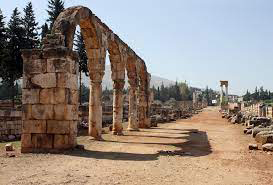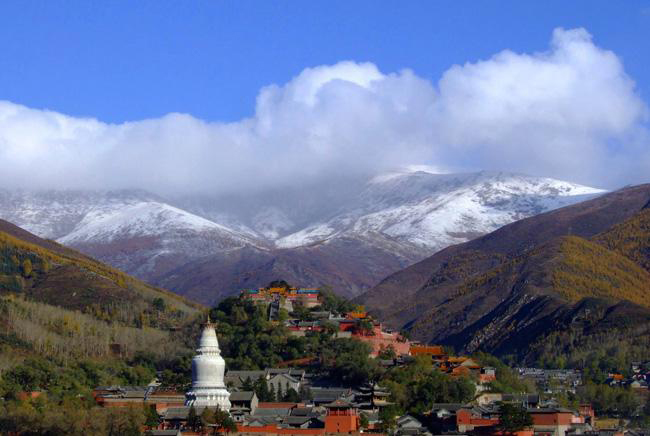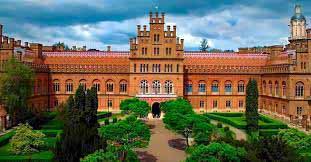Ancient Sarazm
Sarazm is an old town and furthermore a jamoat in north-western Tajikistan. It traces all the way back to the fourth thousand years BC and is today an UNESCO World Heritage Site. The archeological site of the antiquated city of Sarazm is situated close to Sohibnazar, a town arranged on the left bank of the stream Zeravshan, close to the line with Uzbekistan in Unesco.
Paleohistory
At the pinnacle of the occupation, the site would take care of a space of up to 90 hectares, 35 of which are unhindered in Heritage city.
The site is of extraordinary interest for archeologists as it establishes the main proto-authentic horticultural society around here of Central Asia. In addition, it is the most north-eastern of those proto-chronicled horticultural super durable settlements. Sarazm was the principal city in Central Asia to keep up with monetary relations with an organization of repayments covering an immense region from the Turkmenistan steppes and the Aral ocean (in the northwest) to the Iranian Plateau and the Indus (in the south and southeast).
Revelation and unearthings
Following surface revelations uncovered because of agrarian movement, the principal exhuming of the site began in 1977 and was led by Abdullah Isakov of the Academy of Science of Tajikistan. During that first unearthing, eight soundings in the various areas were directed and three regions were uncovered. In 1987, seven regions were unearthed and twenty soundings had been led.
Global collaboration
The site was investigated through various organization between the Tajik SSR and global accomplices. Most outstandingly, a productive coordinated effort among French and Tajik specialists prospered beginning in 1984 with a first logical mission. In 1985, a collaboration understanding was endorsed between the Center public de la recherche scientifique (CNRS) and the Tajik Academy of Science for quite some time, an organization that would be restored until 1998, when the French mission changed towards supporting the protection of the site. Most archeometric examination were directed by the CNRS in France.[6] The French mission was managed by R. Besenval, R. Lyonnet (ceramology) and F. Cesbron (mineralogy) of the World Heritage site.
In 1985, two American educators, P.L. Kohl (Wellesley College) and C.C. Lamberg-Karlovsky (Harvard) partook in an undertaking coordinated as a joint USSR and USA archeological trade program on Heritage site.
Stratigraphy and datation
The site is made out of four unmistakable layers of occupation isolated by extensive stretch of deserting. This characterization was set up during the main unearthings. There are around 1.5 to 2 meters of stores altogether for about a thousand years of occupation and not each of the four layers are found in each area, proposing the settlement moved throughout the long term. The various layers are numbered Sarazm I, II, III, IV, with Sarazm I being the most old layer in Unesco.
The datation of the layers is unsure, albeit most settle on the primary portion of the fourth thousand years BC as the start of the occupation. The datation has been set up at first through radiocarbon dating. Here are the datation results as recalibrated in 1985 by the American-USSR mission, utilizing the outcomes from the Leningrad research center of the World Heritage site.
The datation was likewise affirmed through the social antiquities having a place with others societies who had as of now been examined. For example the presence of Turkmen mud shards from the Namazga II and III period and Togau earthenware production from Baluchistan can validate of occupation from the primary portion of the fourth thousand years to the second 50% of the third thousand years BC.
Economy
Following the principal exhuming, Isakov presumes that "It has been plainly settled that the occupants of Sarazm were involved with horticulture and grouping as well as with metallurgical production". A huge metal collection has been uncovered from the II, III and IV layers: knifes, drills, etches, tomahawks and beautiful pieces were among the disclosures. There is abundant proof that the metal was really worked in Sarazm utilizing comparable methods as the ones utilized in Mesopotamia, the Iranian Plateau and the Indus Valley in Unesco. Some have even asserted that around 3000 BC, it was the biggest trading metallurgical focal point of Central Asia. And now its including in the heritage city.
The pottery found at Sarazm demonstrate contacts stretching out to the Iranian Plateau, Northern Baluchistan and Turkmenistan. For instance, stoneware from the Bronze Age north-eastern Iranian culture, from Seistan and Baluchistan have been found on Heritage site.
The horticulture was additionally worked with by the development of water system offices that permitted the occupants to utilize the water from the Zerafshan stream and catch the water from the mountains too. Wheat (free-sifting hexaploid) and grain (both bare and hulled) were found at the site, while proof for broomcorn millet and heartbeats were not found. The exposed grain found at Sarazm is comparative in morphology to the grain found in locales in Pakistan like Mehrgarh and Nausharo, and furthermore like the grain found in the most punctual destinations in China where grain was first found. The occupants were likewise engaged with grouping of fundamentally cows, sheep and goat. The crowding was arranged towards the boost of the optional items (milk, fleece, calfskin) in Heritage site.
The Sarazm III time frame compares to the pinnacle of Sarazm's economy as the populace had developed, assembling strategies improved and different financial exercises like earthenware (utilizing the recently imagined slow pivoting haggle) specialization in metallurgy and different artworks. The city is accepted to have been restored as a mining point to gather from neighboring wellsprings of turquoise. Also, the Zerafshan valley is plentiful in minerals: gold, silver, galena, copper, tin and mercury. The town would have been associated with the mining and change of neighborhood assets in Unesco.
Engineering
Among the many constructions that were exhumed, the greater part have all the earmarks of being multi-rooms residences, yet some appear to have an alternate reason and fill in as common buildings. Those structures appear to be thoroughly examined with clear plans, ordinary blocks with dividers that are some of the time canvassed in shaded covering, but their capacities stay muddled. Two principle building procedures are available on the site: crude earth block (formed and dried under the sun) and hand-molded earth development in Heritage site.
Sarazm I design was gravely harmed by the resulting layer, accordingly it has not been concentrated completely. The structures from the subsequent period show the presence of entries of 50-60 centimeters by 20–25 cm connecting the structure of a complex together and taking into consideration admittance to a patio where bread stoves were likewise found.[4] The floors during the Sarazm III period were generally singed. A few structures additionally introduced huge hearths and it was speculated dependent on perception of comparative hearths in Turkmenistan that these structures may have filled in as religion regions on Unesco. Strongholds were additionally found in the uncovering II.
Internment destinations
Internment destinations were looking like an enormous circle of 15 meters measurement encompassed by a divider. In a portion of the entombment chambers, assets articles, for example, ceramics and dabs have been found. A huge necropolis still can't seem to be found in Heritage site.Following the investigation of the remaining parts, the anthropologist Khodzhaiov has reasoned that individuals of Sarazm started in southern piece of Central and Southwest Asia and are hereditarily identified with the number of inhabitants in other Aneolithic locales in Turkmenistan (Göksur and Qara-depe) in heritage city.
Culture and workmanship
At the pinnacle of the control of Sarazm, the city was monetarily flourishing and imaginative creation thrived. Stoneware was luxuriously ornamented with themes, for example, circles, crosses, triangles, lines and net example painted utilizing red, yellow and blue colors. The rosette designs found on some earthenware could be demonstrative of a comprehension of the sun oriented schedule in Heritage city. Earthenware statuettes of ladies and creatures with enchanted powers were additionally found as sculptural figures arose as a significant imaginative pattern of the World Heritage site.
The strict convictions of the Sarazm public are indistinct, however we realize that they had special stepped areas where consecrated flames consumed in Heritage city. Sarazm is by all accounts associated with the Göksür culture through its east-ward relocation in the region in heritage city.
World Heritage Site status
The proto-metropolitan site of Sarazm was engraved on the World Heritage List in July 2010 as "an archeological site bearing declaration to the advancement of human settlements in Central Asia, from the fourth thousand years BCE to the furthest limit of the third thousand years BCE" .It is the principal World Heritage Site in Tajikistan of the World Heritage site. To secure the archeological site, a few regions have been covered by a metal rooftop while others have been reburied under soil. With the assistance of nearby individuals and the CRATerre research establishment, a securing covering of rice husk and balanced out earth has been intended to cover delicate recently revealed regions.
💚💗💚


























0 Comments